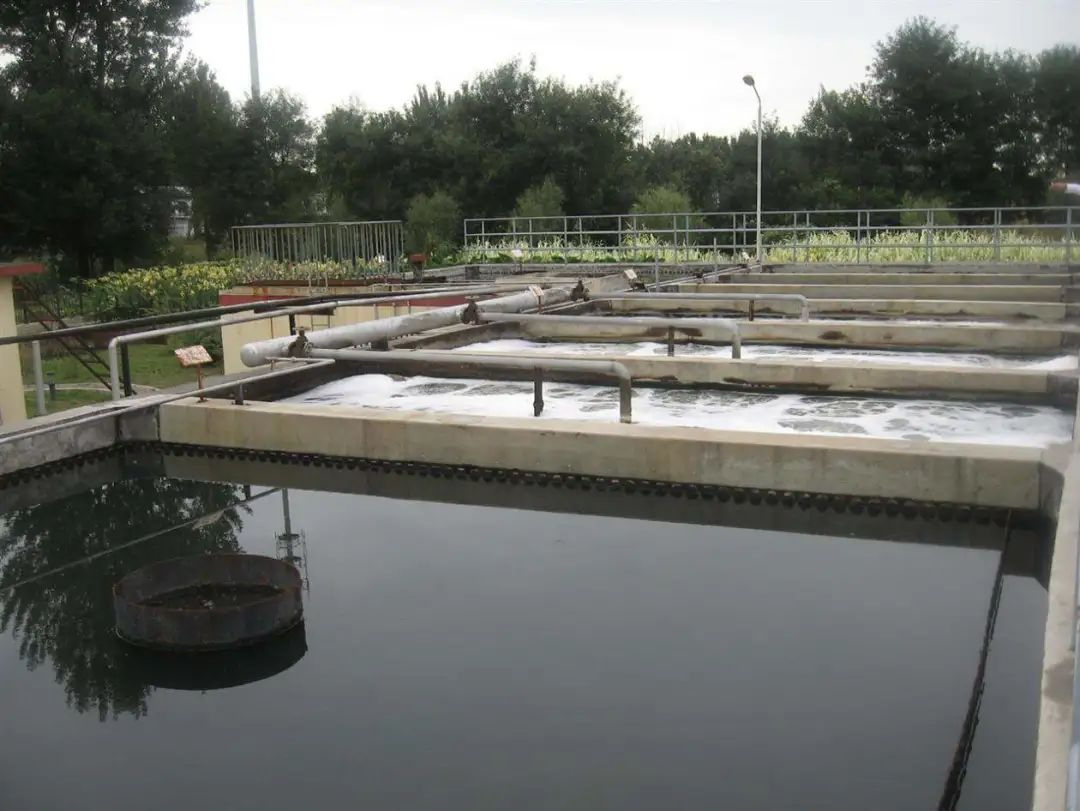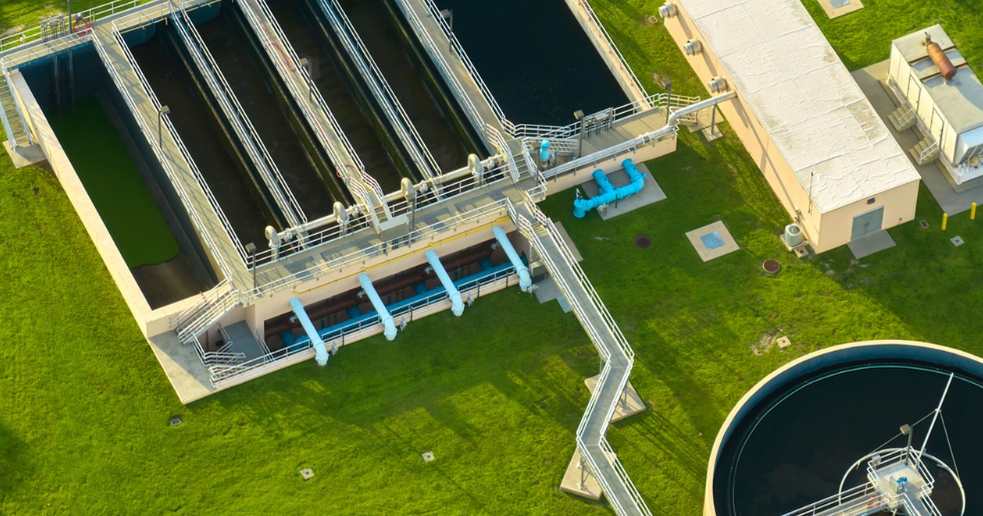Landfill leachate is a kind of high-concentration organic wastewater with complex components, generated during the stacking and landfilling of garbage through processes such as rainwater leaching and self-fermentation, and it has many prominent characteristics.
It has an extremely deep color, often presenting dark brown or dark red, and the color remains obvious even after being diluted hundreds of times. This not only affects the appearance of the water body but also indicates that the water contains a large amount of colored pollutants. At the same time, its COD (Chemical Oxygen Demand) can reach several thousand to tens of thousands of mg/L, and the BOD (Biochemical Oxygen Demand) value can also reach several thousand mg/L, indicating that the water contains a large amount of refractory organic matter.
If not properly treated, it will cause serious pollution to the environment. In addition, the water quality of landfill leachate has strong volatility, which will change with factors such as the type of garbage, stacking time, and climatic conditions, which undoubtedly increases the difficulty of treatment. In response to these characteristics of landfill leachate, the landfill leachate decolorant came into being. As an efficient color remover, it has many advantages. First of all, it has a wide range of applications and can adapt to landfill leachate of different water qualities and concentrations. Whether it is newly generated leachate or aged leachate formed by long-term accumulation, it can achieve good treatment effects.
Secondly, it has high treatment efficiency, which can significantly reduce the chromaticity of the leachate in a short time, and also has a certain removal effect on COD and BOD, greatly improving the efficiency of sewage treatment. Moreover, the use cost is relatively low.
Compared with other treatment methods, it does not require complex equipment and cumbersome operation procedures, which can reduce the cost of sewage treatment to a certain extent. The decolorant also has unique characteristics. It has good stability and can maintain good performance in the environment with a temperature of 5-40℃ and a pH value of 3-11, and will not easily fail. In addition, it has a fast reaction speed.
After mixing with landfill leachate, it can react quickly within 3-5 minutes, and quickly play the role of decolorization and removal of COD and BOD. Besides, it is an environmentally friendly agent, which will not cause secondary pollution to the environment and conforms to the modern environmental protection concept. In terms of treatment effect, the landfill leachate decolorant performs excellently. For landfill leachate with an initial chromaticity value of 500-5000 times, after adding the decolorant, the chromaticity removal rate can reach 92%-98%, and the chromaticity of the treated wastewater can be reduced to below 50 times, fully meeting the national discharge standards. In terms of COD removal, when the initial COD is 5000mg/L, the COD removal rate can reach 40%-65% after using the decolorant; when the initial COD is 10000mg/L, the removal rate can remain at 35%-55%. For BOD, when the initial BOD is 2000mg/L, the removal rate can reach 25%-55%; when the initial BOD is 5000mg/L, the removal rate can reach 20%-45%. Verified by the actual application in landfills in different regions, the treatment effect is very stable and significant.
The landfill leachate decolorant has a wide range of applications in the sewage treatment of landfill leachate. In large domestic waste landfills, it can be applied to the post-biochemical treatment stage of leachate treatment. After biochemical treatment, the leachate still has a certain residual chromaticity, COD, and BOD. Adding the decolorant can further purify the water quality, so that the effluent can meet the discharge standards. In small garbage transfer stations, the amount of leachate generated is relatively small but with high concentration. Direct addition of the decolorant can achieve rapid treatment and reduce transportation costs. In medical waste treatment plants, the leachate contains special pollutants, and the decolorant can assist in removing some harmful components while decolorizing. In industrial waste landfills, for leachate with complex components such as heavy metals, when combined with corresponding treatment processes, the decolorant can effectively improve the treatment effect, ensure that the treated landfill leachate meets the discharge standards, and reduce the harm to the environment.

To sum up, as a decolorant specially used for sewage treatment, the landfill leachate decolorant plays an irreplaceable role in solving the problems of deep chromaticity, high COD and BOD values of landfill leachate, and provides strong support for the environmental protection treatment of landfills.












